This article was medically reviewed by Luba Lee, FNP-BC, MS. Luba Lee, FNP-BC is a Board-Certified Family Nurse Practitioner (FNP) and educator in Tennessee with over a decade of clinical experience. Luba has certifications in Pediatric Advanced Life Support (PALS), Emergency Medicine, Advanced Cardiac Life Support (ACLS), Team Building, and Critical Care Nursing. She received her Master of Science in Nursing (MSN) from the University of Tennessee in 2006.
There are 9 references cited in this article, which can be found at the bottom of the page.
This article has been viewed 47,900 times.
Ever feel pain or tension in your neck even though you’ve just been sitting all day? Holding up your head is a lot of work and, like other muscles, your sternocleidomastoid (SCM) is prone to tension and spasms. The SCM muscles run along the sides of your neck from behind the ears to the collarbone. You might not think about them often, but there’s a lot you can do to ease their pain and improve your day-to-day quality of life. In this article, we’ll show you how to manage pain, stretch your muscles out, and work on your posture for lasting results. Now sit up tall with good posture and read on!
Things You Should Know
- Stick to light activities and ice your neck for 3 days if you’re dealing with pain. Then apply heat and perform self-massage to relax your muscles.
- Go for a quick walk to warm up your muscles and then stretch your neck 2-3 times per day, 3 days a week.
- Work on your posture for long-term relief. Adjust your sitting position so your head isn’t leaning forward and stretch every 60 minutes during work to ease tension.
Steps
Managing Pain & Spasms
-
1Avoid strenuous activities if you experience pain. Try to stay active, but take it easy. Stick to normal, light activities, and stop doing an activity if it causes pain. Avoid lifting, jogging, and any other movements that involve extending or twisting your neck until your pain starts to subside.[1]
- If your pain worsens, lie down and rest. Lie on your back with a thin pillow under your head, or support your neck with a thicker pillow if you rest on your side.
-
2Ice your neck for 20 minutes 4 to 5 times daily for 3 days. Wrap ice or an ice pack in a towel, and hold it to the side of your neck for 15 to 20 minutes. If both sides of your neck are affected, apply ice on the other side, too. If necessary, replace the ice or ice pack when you switch sides.[2]
- Hold ice or an ice pack wrapped in a towel to your neck every 3 to 4 hours. Apply ice for the first 3 days, then switch to heat.
- During the first 2 to 3 days, applying ice can help relieve muscle pain and inflammation.
Advertisement -
3Apply heat for 15 minutes at a time after 2 to 3 days. To apply heat, lie down on a heating pad for 10 to 15 minutes every 3 to 4 hours. Before lying down, test the heating pad with the back of your hand to make sure it’s not too hot. Standing in a warm shower for 10 to 15 minutes is also helpful.[3]
-
4Massage the sides of your neck gently for 5 to 10 minutes. After applying heat, lie on your back with a thin pillow or rolled towel under your neck. Gently rub the sides of your neck with your fingertips for several minutes. Massage from behind your ears and jawbone down the sides of your neck toward your collarbone.[4]
- Massage your neck while lying down so your neck muscles are at rest. Try performing self-massage after applying heat at least 2 to 3 times per day.
-
5Manage pain with an over-the-counter pain reliever. Ease pain and inflammation with an over-the-counter medication, such as ibuprofen, aspirin, or acetaminophen. Read the label’s instructions, and take the medication as directed.[5]
Safety precaution: Avoid drinking alcohol while taking acetaminophen to prevent harmful effects on the liver.
-
6Use supplements that act as natural muscle relaxants. Some herbs, such as curcumin, can help relieve your muscle pain. Additionally, you can take a magnesium supplement orally or use it in a magnesium Epsom salt bath. You might also massage the area using capsaicin cream or a diluted essential oil. Great oils to use include peppermint, lemongrass, or arnica essential oil.[6]
- Capsaicin cream can cause burning and irritation when you first apply it. For most people, this sensation goes away. If you find the cream uncomfortable, try another natural muscle relaxer.
- Talk to your doctor before using any supplements, herbs, or creams.
-
7Practice progressive muscle relaxation to relax your neck muscles. Breathe in, tensing the muscles around your sternocleidomastoid. Then, exhale and relax the muscles. After 10 seconds of rest, repeat for the next muscle group.[7]
- You can visualize the sun or a heat source warming the muscles to enhance the effect.[8]
-
8Wear a neck collar during activities that aggravate your pain. Purchase a supportive collar online or at your local pharmacy. Look for products labeled “supportive neck brace” or “cervical collar.” Wear it for about 2 to 3 hours at a time for up to 4 days.[9]
- For instance, a neck collar might be helpful if you have to make a long drive, if you get sore while you're work, or if you can't put off doing household chores.
- Wearing a collar now and then while you’re in pain can help take stress off of your SCM. However, long-term use can weaken the neck muscles and isn’t recommended. Make sure you take off your collar for long periods of time every day.
- Do range-of-motion exercises several times a day to help supplement your neck collar. For example, do a slow rotation clockwise and then counter-clockwise.
Stretching Your Neck
-
1Warm up for 5 to 10 minutes before you stretch. Go for a quick walk or climb stairs to increase blood circulation. In a pinch, apply a heating pad to your neck to get your blood flowing. Always warm up before stretching any muscle, as stretching a cold muscle can lead to injury.[10]
Tips for Stretching Safely
Stretch 2 to 3 times per day, 3 days per week. If you’ve seen a doctor or physical therapist, follow your prescribed routine.
Stop stretching if you experience pain. Listen to your body and rest your neck at the first sign of pain or discomfort.
Don’t try to exceed your natural range of motion. Move into a stretch slowly and smoothly as far as you comfortably can.
Remember to keep breathing. Inhale slowly as you move into a stretch, then exhale as you hold the stretch.[11]
-
2Tuck your chin and move your head back 5 times. While sitting or standing up straight, hold your head in a neutral position. Look straight ahead, and tuck your chin slightly down toward your chest. As you tuck your chin, glide your head backward slowly and smoothly.[12]
- Keep your head level as you move it backward; don’t bend or tip it. The motion is just a subtle retraction.
- Hold the stretch for 5 seconds, then repeat the steps to complete 5 reps.
-
3Do 3 sets of 3 clockwise and counterclockwise head rolls. Sit or stand up straight and look forward. Slowly lower your chin toward your chest, then roll and turn your head to the right until your right ear is over your shoulder. Hold your head there for 5 seconds, then slowly roll down and to the left until your left ear is over your shoulder.[13]
- Hold your left ear over your shoulder for 5 seconds, then roll your head up and around to make a clockwise circle. Roll your head in 3 slow clockwise circles, then do 3 slow counterclockwise circles.
- Keep your shoulders neutral instead of shrugging them while you perform head rolls.
- Repeat the steps to complete 3 sets. A single set is comprised of: holding your right ear over your right shoulder for 5 seconds, holding your left ear over your left shoulder for 5 seconds, 3 slow clockwise circles, and 3 slow counterclockwise circles.
-
4Tilt your head to each side to stretch the SCM and trapezius. Start sitting or standing up straight with your head in a neutral position. Lower your left shoulder, then tilt your head to bring your right ear over your right shoulder.[14]
- Tilt your head to the right as far as you comfortably can. You should feel a stretch on the left side of your neck. Hold the stretch for 10 to 20 seconds, then repeat on the other side. Do a total of 5 to 10 side neck stretches.
- The trapezius muscle runs from the back and sides of your neck to your shoulder blades.
-
5Perform alternating cat and cow poses. Get on your hands and knees with your arms under your shoulders and your legs hip-width apart. Inhale and lower your spine toward the floor as you raise your head, chest, and pelvis toward the ceiling. Exhale as you hold the cow pose stretch for 5 seconds.[15]
- After holding the pose, inhale as you raise your spine and gently tuck your chin toward your chest. Think about what a cat looks like when it’s afraid and hunches its back.
- Exhale as you hold the cat pose for 5 seconds, then inhale and move back into the cow pose. Repeat the steps and alternate the poses until you’ve completed 10 repetitions of each.
Improving Your Posture
-
1Stand with your back to a wall to develop awareness of your posture. Stand your buttocks and shoulder blades against a wall. Maintain your natural posture and take note of where you’re holding your head. If your head doesn’t touch the wall, slowly draw it back until it's against the wall.[16]
- Hold that position for 30 seconds. Work on improving your posture by standing against a wall 3 to 5 times per day.
- Take note of your posture and how it feels when you’re standing with your head against the wall. Throughout the day, try to be mindful of your posture, and work on correcting your head-forward posture.
-
2Rest and stretch every 30 to 60 minutes while working or driving. If you stare at a computer or type at work, take regular breaks to do head rolls and side neck stretches. If you’re ever behind the wheel for longer than 30 to 60 minutes, pull over and take 3 to 5 minutes to walk around and stretch.[17]
Tip: Try to avoid keeping your head down while you’re at work. Do your best to keep your computer screen, documents, and other work-related materials at eye level so you can hold your head up in a neutral position.
-
3Adjust your sitting positions so your head isn’t pushed forward. Try to notice when you slouch or sit with your head held down and forward. Correct yourself when you sit with poor posture, and sit up straight with your shoulders back, head held up and back, and feet flat on the floor.
- If necessary, adjust your chair at work and the driver’s seat in your vehicle so they support your head and neck.
-
4Invest in a therapeutic neck pillow and firm mattress or pad. If you sleep on your stomach, do your best to kick that habit. Try to sleep on your back on a neck pillow, thin standard pillow, or a rolled towel.[18]
- You could also sleep on your side, but use a thicker pillow to support your head. If you alternate positions, keep a spare pillow handy so you can double up your head support when you shift to your side.
- If it’s in your budget, consider swapping an older, plush mattress for a new medium-firm one. For a more affordable option, a firm mattress pad can also help support your back and neck.
Warnings
- See your doctor if neck pain worsens or persists for longer than 1 to 2 weeks without any sign of improvement. Seek medical attention if you experience numbness, trouble walking or moving, or if your pain was caused by an injury.[21]⧼thumbs_response⧽
References
- ↑ https://medlineplus.gov/ency/patientinstructions/000802.htm
- ↑ https://uhs.berkeley.edu/sites/default/files/neckpain.pdf
- ↑ https://uhs.berkeley.edu/sites/default/files/neckpain.pdf
- ↑ https://uhs.berkeley.edu/sites/default/files/neckpain.pdf
- ↑ https://medlineplus.gov/ency/patientinstructions/000802.htm
- ↑ https://www.medicalnewstoday.com/articles/323393.php
- ↑ https://www.uofmhealth.org/health-library/uz2225
- ↑ https://www.painmanagement.org.au/2014-09-11-13-35-53/2014-09-11-13-36-47/176-progressive-muscle-relaxation.html
- ↑ https://www.health.harvard.edu/pain/how-to-soothe-a-sore-neck
- ↑ https://orthoinfo.aaos.org/globalassets/pdfs/2017-rehab_spine.pdf
- ↑ https://www.ncbi.nlm.nih.gov/pmc/articles/PMC1769463/#b7-v48-3-p201-205
- ↑ https://www.health.harvard.edu/pain/how-to-soothe-a-sore-neck
- ↑ https://orthoinfo.aaos.org/globalassets/pdfs/2017-rehab_spine.pdf
- ↑ https://uhs.berkeley.edu/sites/default/files/neckpain.pdf
- ↑ https://www.ncbi.nlm.nih.gov/pmc/articles/PMC1769463/#b7-v48-3-p201-205
- ↑ https://www.ncbi.nlm.nih.gov/pmc/articles/PMC1769463/
- ↑ https://medlineplus.gov/ency/patientinstructions/000802.htm
- ↑ https://medlineplus.gov/ency/patientinstructions/000802.htm
- ↑ https://medlineplus.gov/ency/patientinstructions/000802.htm
- ↑ https://medlineplus.gov/ency/patientinstructions/000802.htm
- ↑ https://medlineplus.gov/ency/patientinstructions/000802.htm



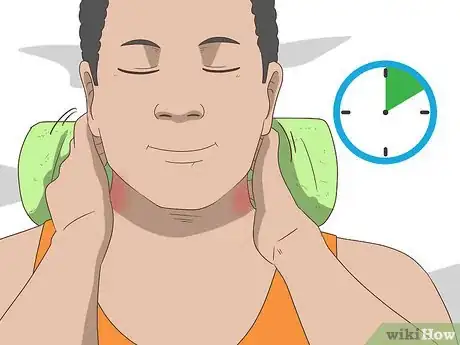

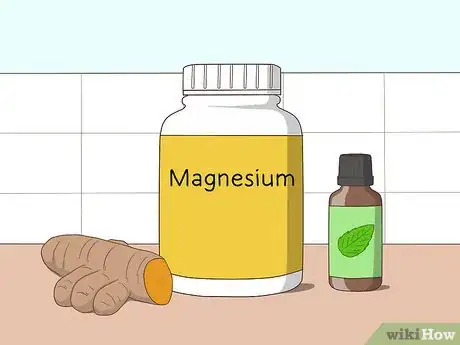

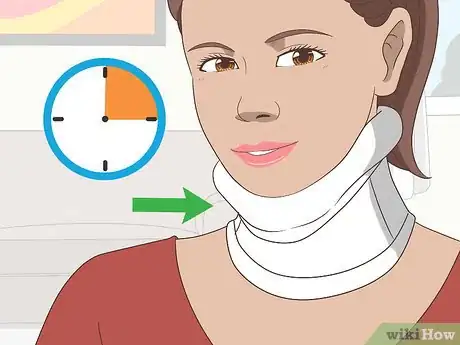

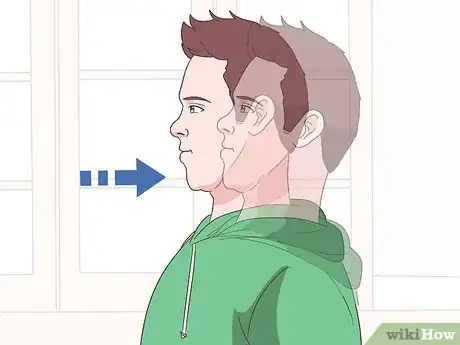

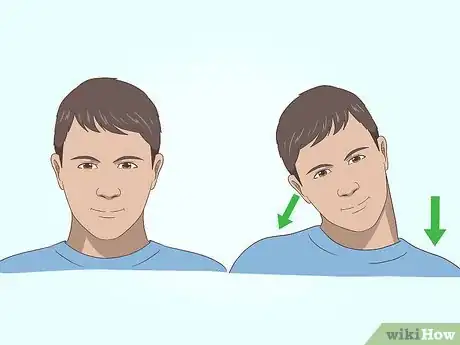

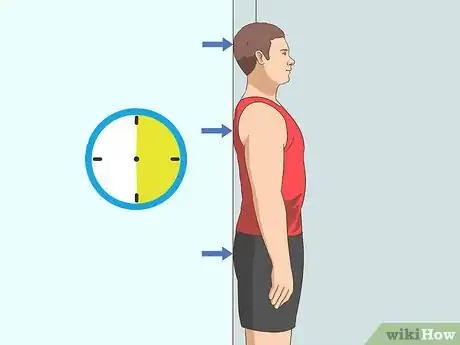

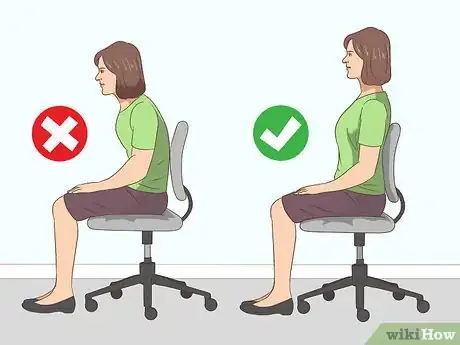
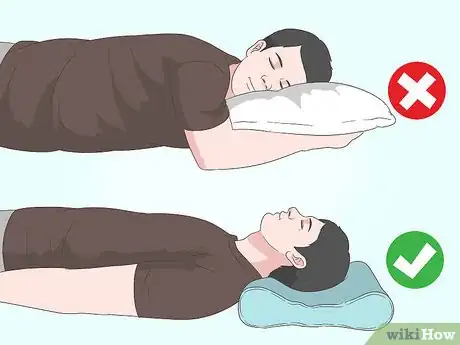






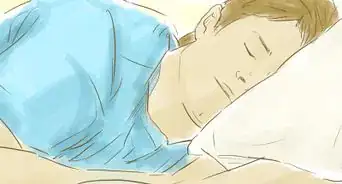
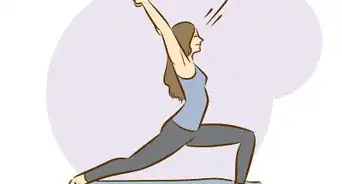



















































Medical Disclaimer
The content of this article is not intended to be a substitute for professional medical advice, examination, diagnosis, or treatment. You should always contact your doctor or other qualified healthcare professional before starting, changing, or stopping any kind of health treatment.
Read More...